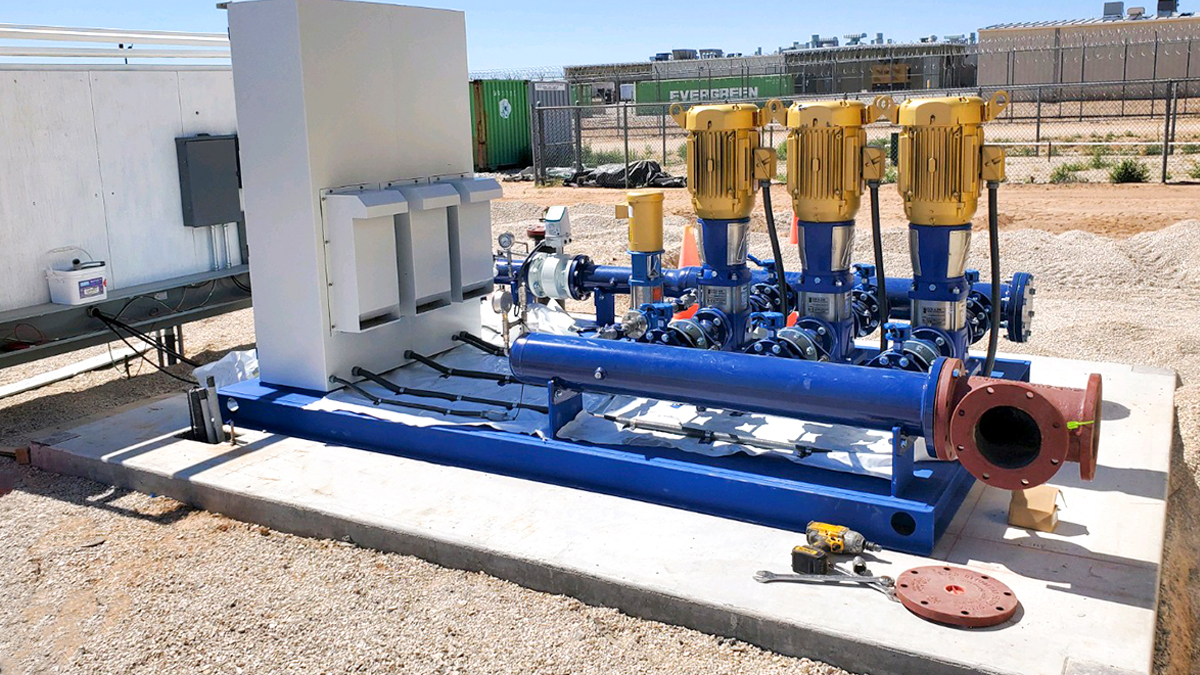The Importance of Understanding Your Carbon Footprint
Understanding your carbon footprint is the first step in making informed decisions that reduce GHG emissions. It provides a clear picture of how personal habits, corporate strategies, and policy decisions influence the environment.
Why It Matters:
- Climate Change Mitigation: Reducing our carbon footprint is vital in slowing down the effects of global warming.
- Resource Efficiency: Awareness leads to better resource management, ensuring that energy and raw materials are used more efficiently.
- Economic Benefits: Often, reducing a carbon footprint can also mean cost savings in energy use and waste reduction.
How to Calculate Your Carbon Footprint
Calculating a carbon footprint can seem daunting, but several tools and resources make it accessible for individuals and businesses alike.
Steps Involved:
- Identify Emission Sources: List all activities that involve energy consumption, such as driving, flying, and heating your home.
- Collect Data: Gather data on the amount of energy used in each activity.
- Use Online Calculators: Utilize online carbon footprint calculators that can convert energy usage into carbon dioxide equivalents.
Strategies for Reducing Your Carbon Footprint
Reducing your carbon footprint involves making adjustments in various aspects of daily life or business operations. Here are some actionable strategies:
For Individuals:
- Reduce Energy Use: Turn off lights, use energy-efficient appliances, and consider renewable energy sources like solar panels.
- Travel Smart: Opt for public transportation, carpooling, or bicycles, and reduce air travel when possible.
- Consume Consciously: Prefer products with minimal packaging, buy local, and choose sustainable products.
For Businesses:
- Implement Green Policies: Create policies that promote energy efficiency and waste reduction.
- Sustainable Supply Chains: Opt for suppliers who also commit to reducing their carbon footprints.
- Employee Engagement: Encourage employees to participate in environmentally friendly practices.
Conclusion: The Path to Sustainability
The definition of “carbon footprint” provides us with the knowledge necessary to make a positive change in our world. By understanding and actively reducing our carbon footprints, we not only contribute to the mitigation of climate change but also embrace a more sustainable lifestyle that can lead to significant environmental and economic benefits.
As we move forward, it becomes increasingly important for individuals, businesses, and governments to work together in reducing their carbon footprints, setting a standard for responsible and sustainable growth.










